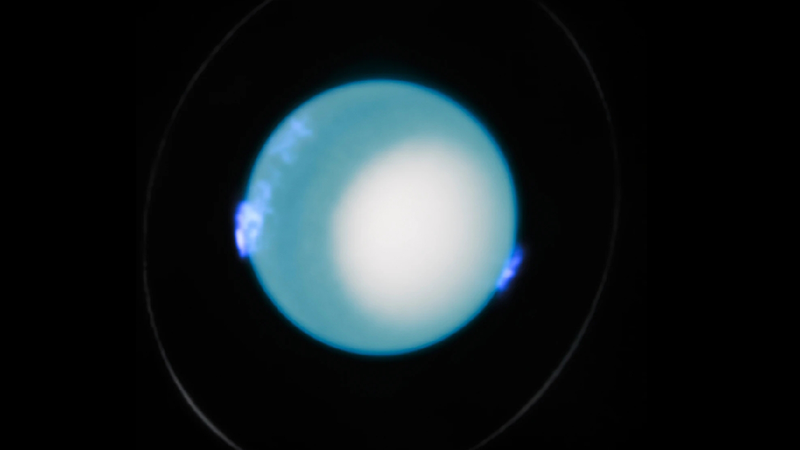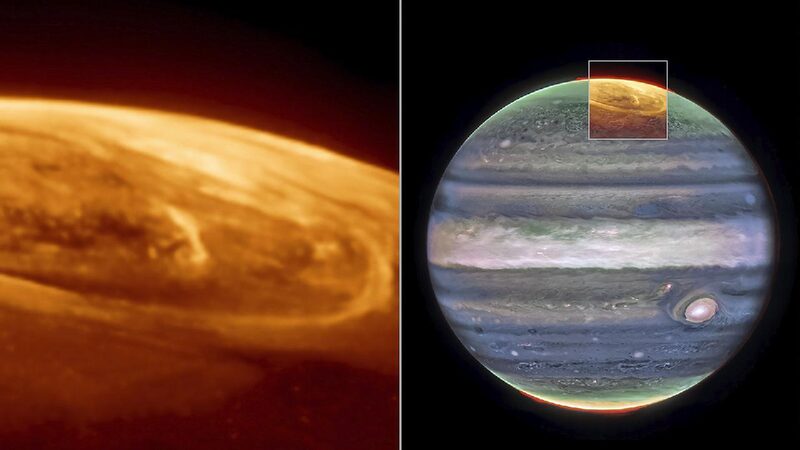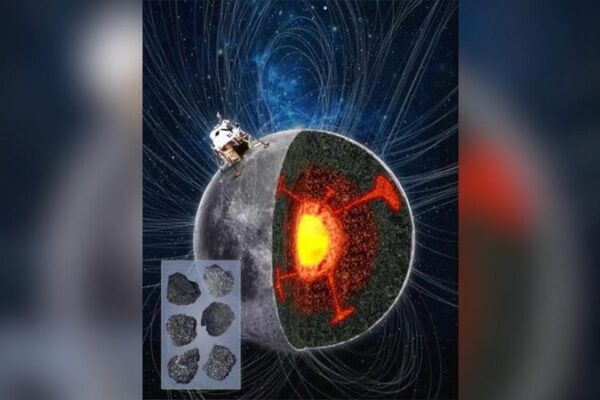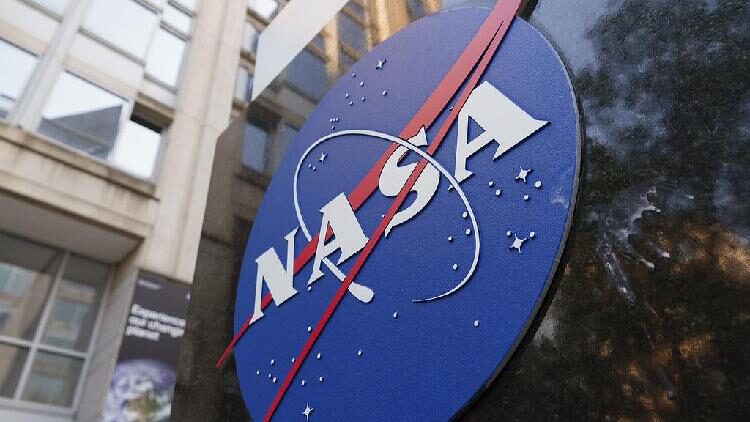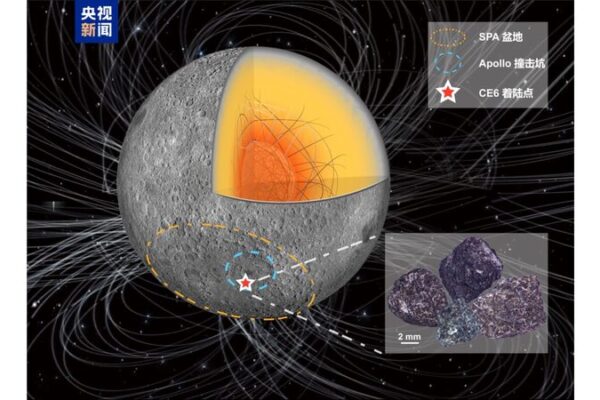The day on Uranus just got a bit longer. Scientists have confirmed that the ice giant takes 17 hours, 14 minutes, and 52 seconds to complete a full rotation—28 seconds longer than previously thought.
A French-led research team analyzed a decade’s worth of data from the Hubble Space Telescope, focusing on the planet’s auroras to track its magnetic poles. This innovative approach allowed them to measure Uranus’s rotation more precisely than ever before.
“The continuous observations from Hubble were crucial,” said Laurent Lamy of the Paris Observatory, the lead author of the study published in Nature Astronomy. “This method can help us determine the rotation of any world with auroras and a magnetosphere.”
Uranus, the seventh planet from the sun, is a distant world that takes about 84 Earth years to orbit our star. The updated rotation period sheds new light on the dynamics of this enigmatic planet, which has intrigued scientists since NASA’s Voyager 2 spacecraft flew by in the 1980s.
The findings arrive just weeks before the 35th anniversary of the Hubble Space Telescope’s launch on April 24, 1990. Since then, Hubble has provided invaluable insights into the cosmos, helping us understand planets like Uranus in greater detail.
Reference(s):
cgtn.com
